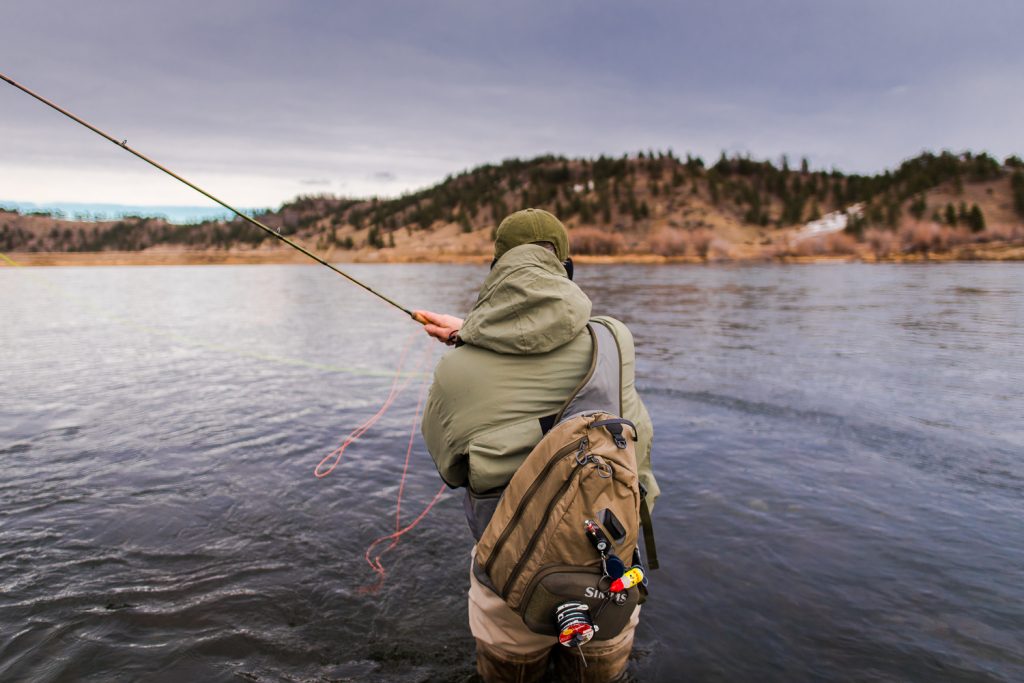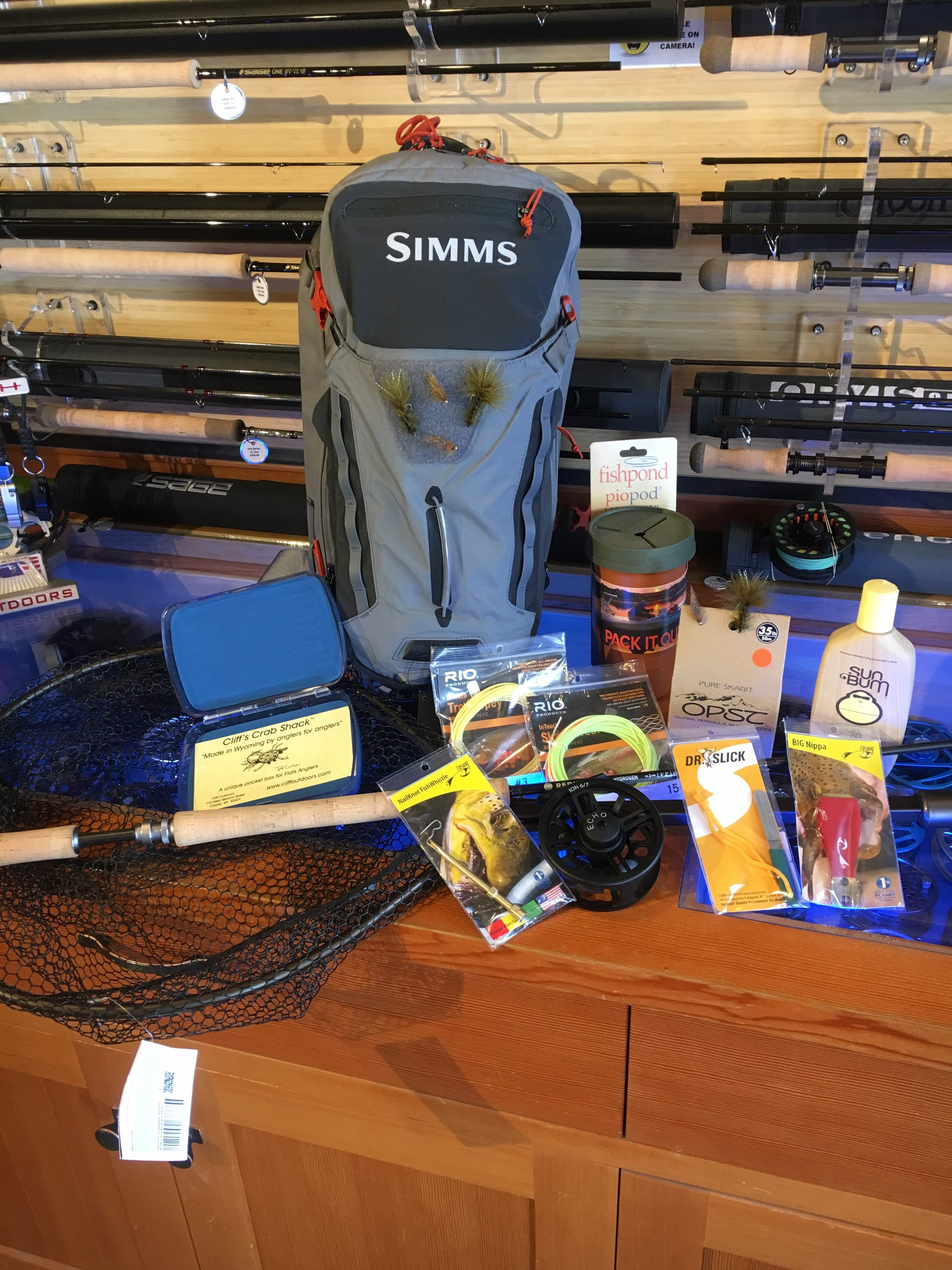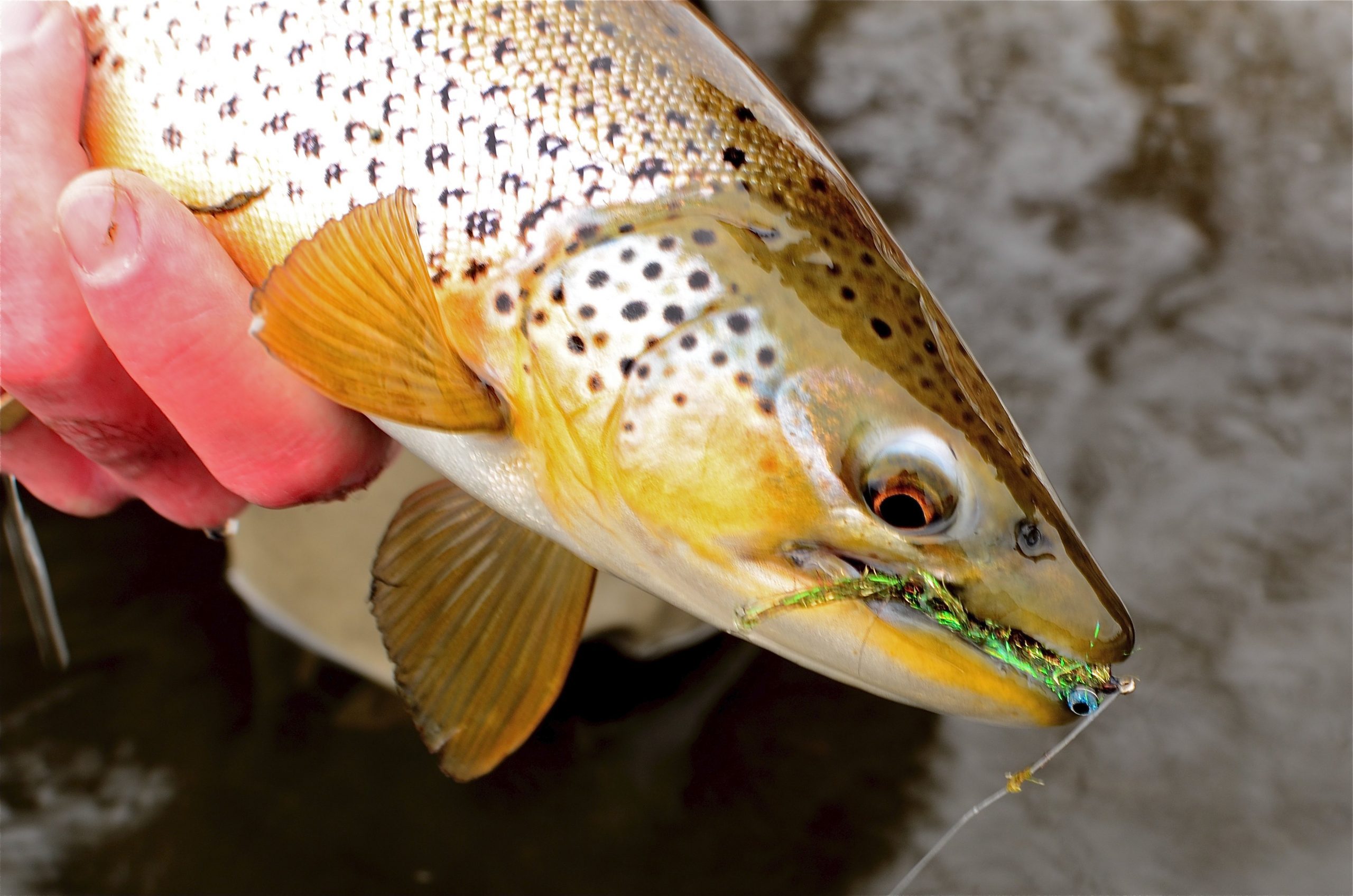Boat Safety with Richard
With the water now over 9,500 cubic feet per second here on the Mo, it is fair to say that we are finally experiencing a bit of Spring runoff. The water can be fast, deep, and cold. You probably think I’m going to tell you to fish super slow deep water with a rad nymph rig. Maybe even get into what types of sink tips I’ve been using. Not today.
Today I wanted to touch on some basic survival gear people should always have in their boat. It’s something that is often overlooked, but a couple simple items could save a life if the day goes south.
One basic piece of equipment is your life jacket. Every vessel should have enough type 3 personal flotation devises for each person on board. Your life jackets should be Coast Guard approved and not forty years old. If they are dry rotted and falling apart, they probably won’t save your life when needed.
A good, or great, first aid kit can prolong your day on the water. Most basic kits lack the supplies needed for real medical emergencies, but can go a long way to mitigate some of the minor injuries one may get while on the water. Update your first aid kit if needed. Look through it annually and replace old expired meds, eye wash, band-aids. Why not even add a splint, a CPR mask, or anything you would like to be used on you! Yes you. It is for you too man.
Back in the day before I was hustling flies, I was in the United States Coast Guard. One of our most used pieces of rescue gear was a heaving line and bag, a throw bag. Super simple concept. It’s nothing more than a long length of floating line that gets stuffed into a bag. When someone needs help, you dunk the bag to get it wet adding weight then you toss it too them. If all goes well, the person can grab on and you can possibly pull them from danger. Mark has two in his boat now, in case the first bag does not hit the mark!
Another solid piece of safety gear is a type 4 personal floatation device. These are cool because they can be thrown to a person in the water and they double as a seat cushion. Type 4s are very effective tools especially when used in conjunction with your heaving line. Just make sure you keep them out in the open so you can get to them when needed.
The water is cold. Not freezing, but very cold. Not a lot of time to act if you or someone around you were to go for a swim. That’s why I also always bring a whistle with me. It’s hanging from my wading jacket right next to my Nippas. Sometimes all you need to save someone is the ability to make a ton of noise. Get someone’s attention. A whistle is solid tool if you need to get loud.
Again, everything mentioned above is basic. You should have these things in your boat. Especially during Spring flows.
Be smart. Fish well. Stay alive.
A good project this week is to update all of your safety gear. Get it out, check it, replace the old and worn items, and maybe add a whistle to your safety gear!
If you want to get some killer safety gear, raise the bar, up your safety game, there is no better place than NRS.com. Mark just got 3 new whistles, Type 1 Life Jackets, another throw bag, emergency blankets, and is always making sure his first aid kit is super pro and ready. Surf around at lunch today an order up some safety gear for your boat. It’ll make you sleep better, and your passengers will be better off knowing that you are SAFE!




3 Comments.
Right on man. I’m ready for some shit to go down out there.
Great post!
And having life preservers is one thing, ACCESS to them is just as important. Buried and enclosed in a bin does no good when you NEED them.
Also, a person should practice getting them out/on once in a while. Muscle memory is for more than just fly casting.
Great comment Mark!